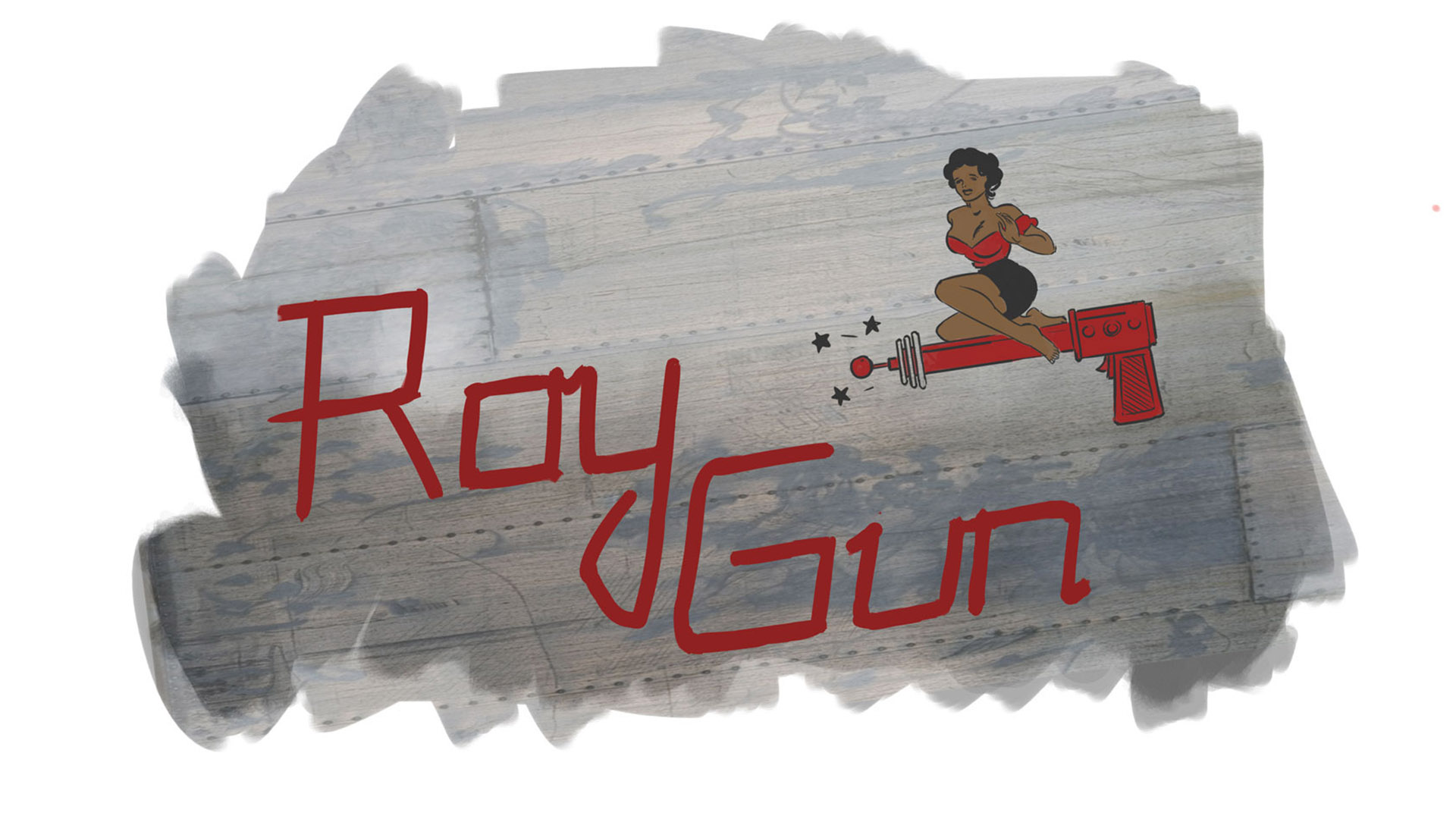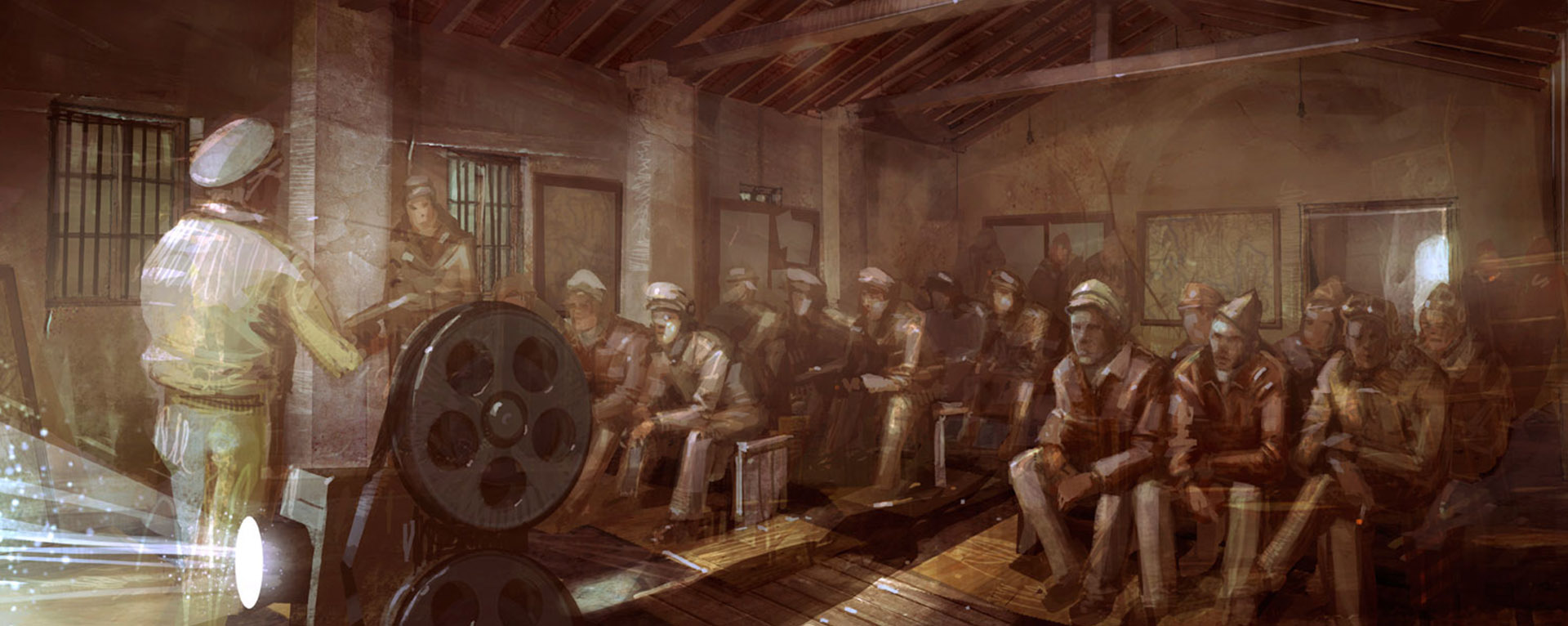Behind the Scenes of Red Tails
The Heroic Drama is Full of History
Decades in the Making
Though released in 2012, the production of Red Tails was first announced in the summer of 1990. “I’ve always been drawn to underdogs and intrigued by the relationship between man, machine, and excellence,” George Lucas told a newspaper at the time. He had first heard the true-life story from friend George Hall, a leading aviation photographer and Army veteran who shared Lucas’ passion for speed and image-making. The Tuskegee Airmen themselves had been working to bring their own story to movie screens since the mid-1970s, and consulted on the Lucasfilm production from its inception.
Multiple Generations Inspire
When it comes to the Tuskegee Airmen, it’s all about inspiration. Many of the Airmen themselves had been influenced by African-American soldiers before their own time, such as the noted “Buffalo Soldiers” of the U.S. Army cavalry in the 19th century (who coincidentally were stationed for a time in San Francisco’s Presidio, current home to Lucasfilm Headquarters). In Red Tails, actor Cuba Gooding Jr.’s character Major Emanuel Stance was named for a real Buffalo Soldier who received the Medal of Honor.
Similarly, Colonel A.J. Bullard, played by Terrence Howard, was inspired by General Benjamin O. Davis, Jr., the commander of the Tuskegee Airmen who became the first African-American general in the United States Air Force (his own father was the first African-American general in the U.S. Army). The character’s surname was inspired by Eugene Bullard, regarded as the first African-American military pilot during World War I. Bullard, however, was not allowed to fly with U.S. forces because of his race, and instead flew with American volunteers fighting with the French.
Graphic Art Sets the Scene
British artist and illustrator Chris Rosewarne was tasked with creating mood-setting conceptual paintings for Red Tails, including the different locations at Ramitelli Airfield and the nearby Italian village. Not only do these rarely-seen images capture the sense of lighting and design in the film, but also the comic-book style that permeates its sense of adventure and daring-do. Rosewarne also produced original nose art and detailed aircraft paintings of the P-51 Mustang, P-40 Warhawk, Boeing B-17, and Douglas C-47.
“The Fabulous Ray Gun”
2nd Lieutenant Ray Gannon (Tristan Wilds) prefers the nickname “Ray Gun” over the demeaning “Junior.” The young Gannon is a fan of comic-strip hero Buck Rogers, the all-American pilot supplanted in the far-off 25th century who dominated popular culture throughout the 1930s. “Ray Gun” even sports his own authentic Buck Rogers toy pistol as a good luck charm.
Interestingly (perhaps in a rush of excitement), the young pilot incorrectly identifies his token as an XZ-38 Disintegrator Pistol, when in fact his model is the earlier XZ-31 Rocket Pistol which hit American shelves in 1934 courtesy of Daisy Manufacturing Company (which also made the famed Red Ryder air rifle). The XZ-31 was more akin to the prop used by actor Buster Crabbe in the 1939 movie serial, Buck Rogers (which later inspired George Lucas in his creation of Star Wars).
The Art of the Dogfight
“I’m not a flyer, but I like fast things,” George Lucas commented during the production of Red Tails. The racecar driver turned filmmaker had long been influenced by the action and intensity of World War II dogfights, and even used historical footage as inspiration for the aerial space combat in Star Wars: A New Hope. For Red Tails, aerobatic pilot Ed Shipley consulted with the visual effects team from Industrial Light & Magic (ILM) on the complex aerodynamics of the vintage fighters, as did the Tuskegee Airmen themselves.
To accomplish the dogfights, the actors were filmed inside a gimble-mounted cockpit that was moved against a green-screen, and the ILM artists and their collaborators then replaced the backgrounds with a computer graphics environment, including “piloting” the airplanes directly via animation. Reality was the goal, as visual effects supervisor Craig Hammack said at the time. “It was very important to [George] specifically to get the speeds right. There were times where we would push it beyond and he would say, ‘You know, you guys are making it exciting but you’re starting to break the reality of what the planes could do…so just dial it back a little bit.’”
“I’m Young Again”
Roscoe C. Brown, Jr. (1922-2016) was a fighter pilot with the Tuskegee Airmen and among those advising the Red Tails production team, which included going on location during filming in Prague, Czech Republic with fellow veteran Lee Archer (1919-2010). Before the film’s release, Brown joined cast and crew at New York Comic-Con for a special presentation where he explained dogfight tactics and the unique qualities of the P-51 Mustang.
Craig Hammack later recalled that when the Red Tails trailer was screened during the panel, Brown’s feet were moving in unison with the action onscreen as if he were working his plane’s rudder pedals. “Every time I see this trailer,” said the veteran, “it takes me back 50 or 60 years, and I’m young again.”
A Special Premiere Attendee
Red Tails celebrated its opening with a premiere at New York’s Ziegfield Theatre on January 10, 2012. Among the military veterans in attendance (including many Tuskegee Airmen) was one unique invitee. Nancy Leftenant-Colon had become the first African-American woman accepted into the Army Nurse Corps in 1948. Her brother, Lieutenant Samuel Leftenant, was a Tuskegee Airman who was killed over Europe in 1945.
Leftenant-Colon later married a Tuskegee veteran and was president of Tuskegee Airmen, Inc. (the first woman to hold that role) when Lucasfilm first commenced the Red Tails project in 1990. “It was a little sad for me when [Lightning] was killed,” she said after seeing the film in 2012. “I thought about my brother. I thought, ‘This is the way he went down.’ They did a fantastic job.”
Red Tails at the White House
One week before the film opened in American theaters, executive producer George Lucas, director Anthony Hemingway, multiple cast members, and original Tuskegee Airmen were invited to a special screening of Red Tails at the White House in Washington D.C. After a private tour that included a glimpse inside the Oval Office, President Barrack Obama and First Lady Michelle Obama greeted everyone in the East Room (where Anthony Hemingway gave cast & crew pendants to the First Daughters). Together they watched the film in the White House Family Theater where President Obama made remarks beforehand. Tuskegee veterans had attended his first inauguration. See more from the event by clicking here.





